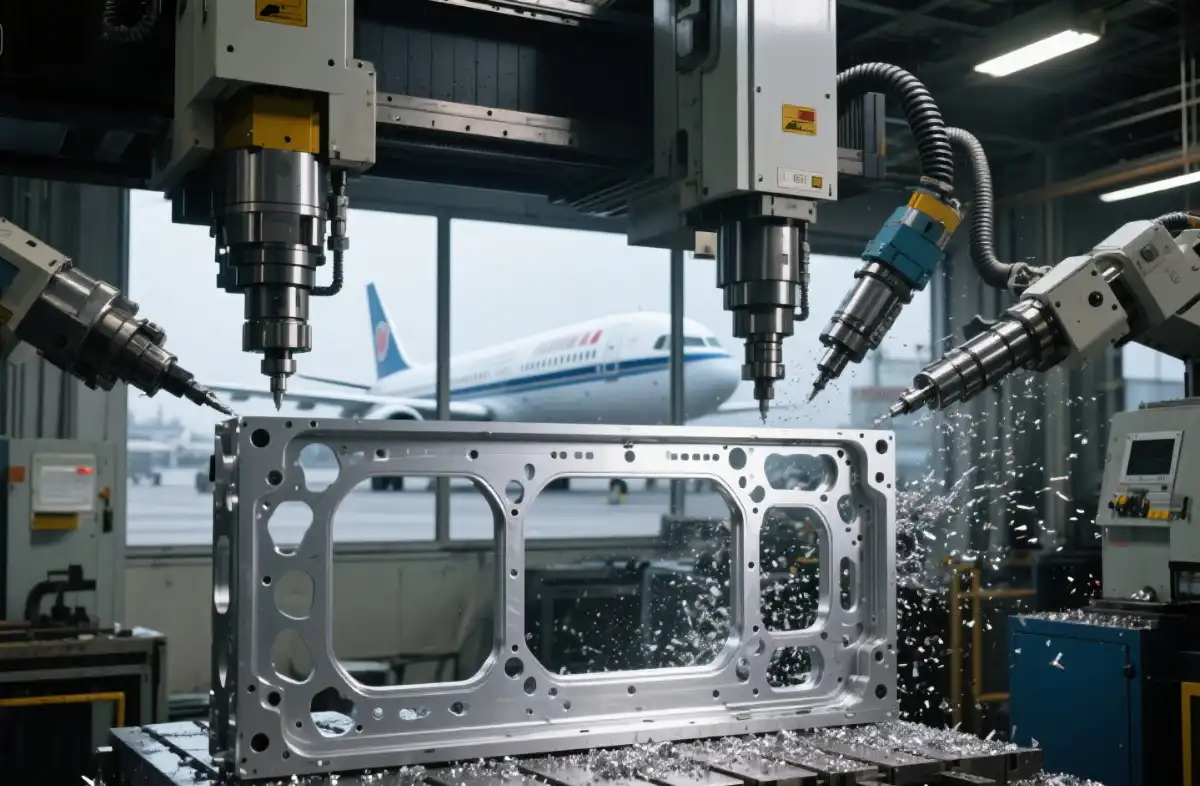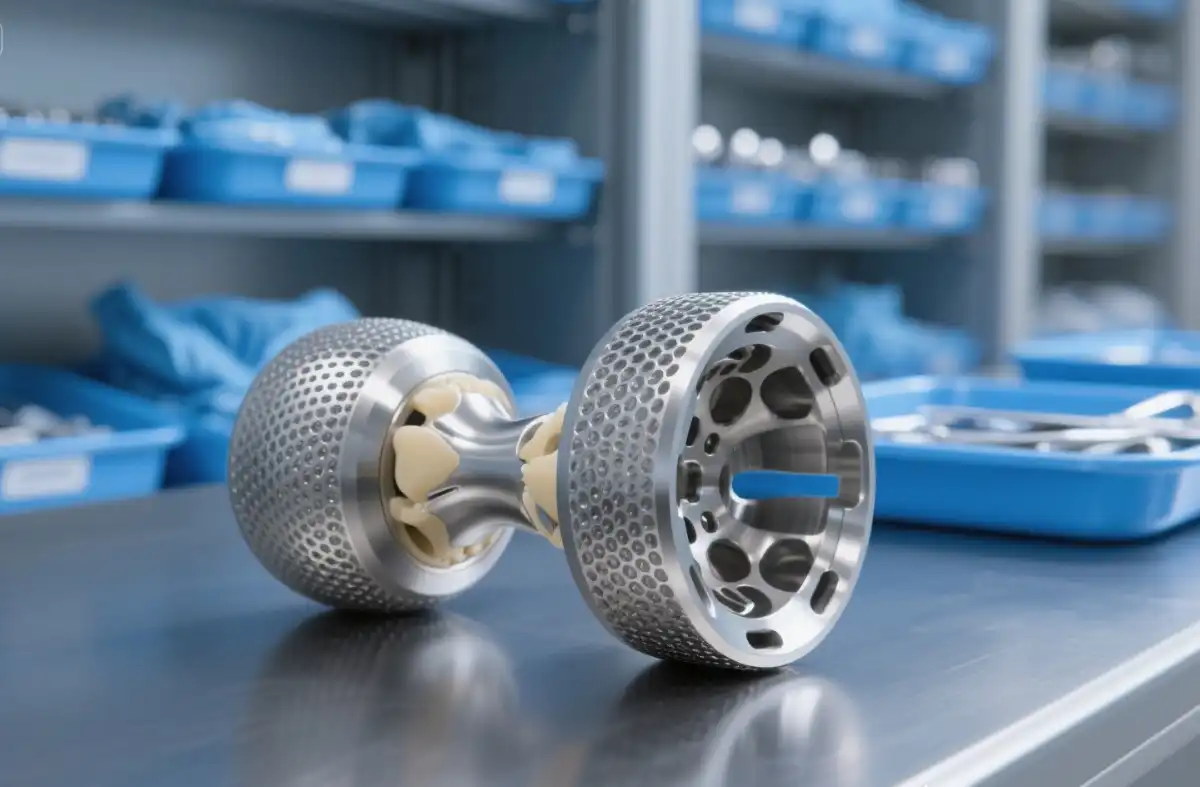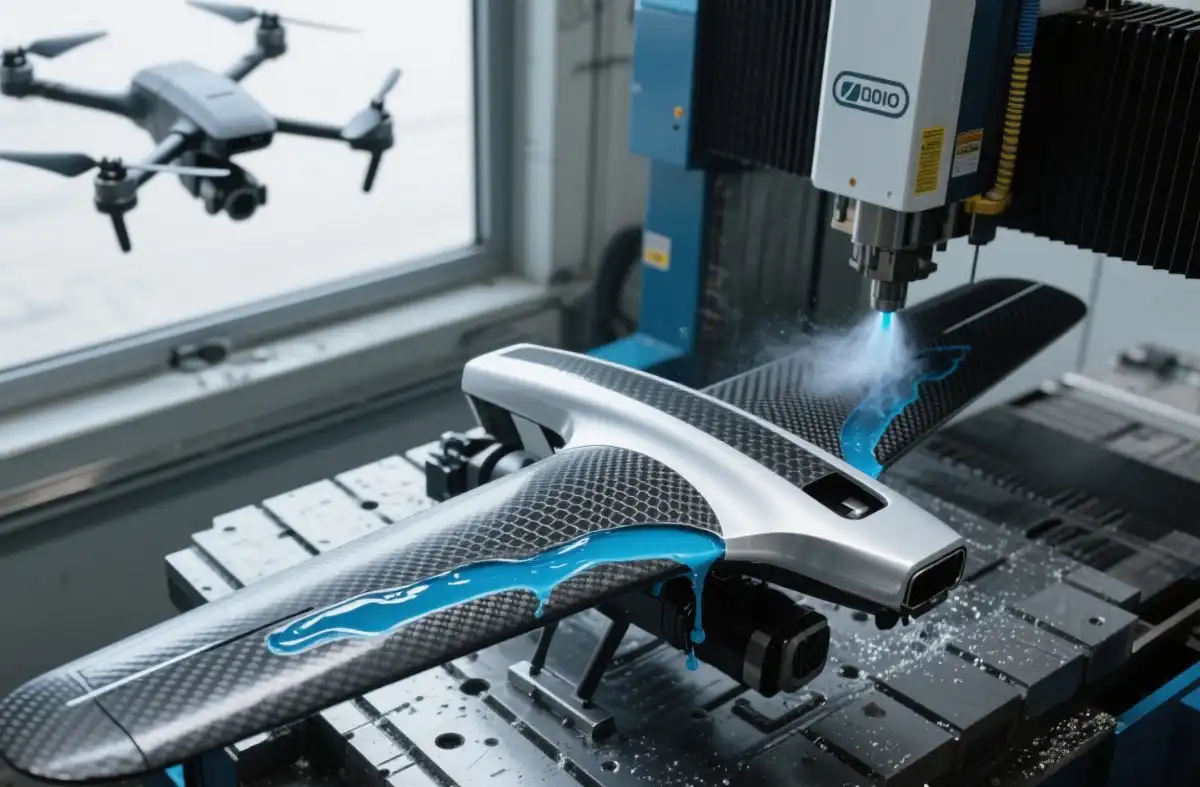The Importance of Pre-Production Prototypes in Product Development
Pre-production prototypes play a vital role in product development by allowing teams to test and refine ideas before committing to full-scale manufacturing. These early models help identify design flaws, material issues, and functionality gaps, saving time and money in the long run. In industries like automotive robotics or medical devices, they ensure components meet strict standards. By creating tangible versions, engineers gather real-world feedback, iterate quickly, and boost overall quality. This step minimizes costly revisions during production, enhances innovation, and speeds up time to market. Specialists in prototypes use techniques such as CNC machining or 3D printing to produce these accurately. Ultimately, investing in pre-production prototypes builds confidence in the final product, fostering success across sectors from aerospace to consumer electronics.
Exploring the Role of Pre-Production Prototypes
Pre-production prototypes serve as essential bridges between concept and reality. They let designers visualize and tweak ideas in physical form, often using materials like plastics or metals. This phase uncovers hidden challenges early, paving the way for smoother manufacturing. Teams in various fields rely on them to validate assumptions and align with user needs. With rapid methods available, creating these models has become more accessible, encouraging creativity without heavy risks.
Defining Pre-Production Prototypes and Their Types
Pre-production prototypes represent advanced mock-ups crafted to mimic the final product's look, feel, and function closely. Unlike basic sketches, they incorporate actual materials and processes for realistic testing. Common types include functional prototypes that demonstrate mechanics, visual ones focused on aesthetics, and hybrid versions combining both. In metal pressing or die casting, these ensure durability under stress. Experts tailor them to specific goals, such as evaluating ergonomics in consumer electronics or structural integrity in aerospace parts. This variety allows precise assessments, guiding refinements that elevate the end result.

How They Fit into the Product Development Cycle
These prototypes integrate seamlessly after initial design phases, preceding mass production. They facilitate iterative testing, where feedback loops refine features step by step. In rapid tooling scenarios, they enable quick adjustments without overhauling entire plans. For industries like agriculture, they test equipment resilience in harsh conditions. This placement reduces uncertainties, aligns teams on objectives, and streamlines transitions to low-volume manufacturing. By embedding them early, developers avoid late-stage surprises, ensuring projects stay on budget and schedule.
Materials and Technologies Commonly Used
Plastics and metals dominate in pre-production prototypes due to their versatility and strength. Techniques like SLA or SLS 3D printing offer intricate details with minimal waste. Vacuum casting suits complex shapes, while compression molding handles robust forms. In medical enclosures, biocompatible options ensure safety compliance. Integrating these with CNC machining provides precision for tight tolerances. Knowledgeable providers select materials based on end-use demands, such as corrosion resistance for defense applications or lightweight properties for robotics, optimizing performance from the outset.
Key Benefits of Incorporating Pre-Production Prototypes
Embracing pre-production prototypes unlocks numerous advantages that propel product development forward. They transform abstract ideas into testable assets, revealing insights that drawings alone can't provide. This approach fosters collaboration among engineers and stakeholders, leading to more robust outcomes. In fast-paced markets, they offer a competitive edge by accelerating refinements. Overall, they act as safeguards, enhancing efficiency and innovation across diverse projects.

Risk Mitigation and Cost Savings
By spotting defects early, pre-production prototypes curb expensive fixes later in production. They allow simulations of real scenarios, like stress tests in automotive components, preventing failures. This proactive stance slashes material waste and rework costs. In low-volume setups, they optimize resource allocation, ensuring only viable designs advance. Teams benefit from data-driven decisions, minimizing financial pitfalls. For global operations, this translates to reliable budgeting, especially in sectors demanding high precision like medical devices.
Enhancing Design Validation and User Feedback
These prototypes enable hands-on evaluations, gathering authentic user input on usability and appeal. Designers iterate based on tangible responses, refining elements like grip in electronics or fit in enclosures. This validation strengthens market fit, reducing post-launch adjustments. In aerospace, they confirm aerodynamic qualities through physical trials. Collaborative sessions with stakeholders yield diverse perspectives, enriching the development process. Such feedback loops build products that resonate, boosting satisfaction and loyalty.
Accelerating Time to Market
Pre-production prototypes streamline workflows by condensing testing phases. Rapid methods like design mock-ups allow swift iterations, shortening overall timelines. They bridge gaps between concept and production, facilitating seamless handoffs. In consumer goods, this speed captures trends before competitors. Efficient integration of processes ensures quick scalability to low-volume runs. Developers gain agility, responding to market shifts with confidence, ultimately delivering innovations faster and more effectively.

Best Practices for Effective Pre-Production Prototyping
To maximize the value of pre-production prototypes, adopt strategies that emphasize clarity and precision. Start with well-defined goals to guide the process. Collaborate closely with experienced providers who understand your industry's nuances. This ensures prototypes not only meet technical specs but also align with broader objectives. By following proven methods, you turn potential obstacles into opportunities for growth.
Setting Clear Objectives and Specifications
Begin by outlining precise goals, such as testing specific functions or materials. Detailed specs prevent misalignments, covering aspects like dimensions and performance metrics. In robotics, this might include motion range or load capacity. Clear documentation aids providers in delivering accurate models. Regular reviews keep objectives in focus, adapting to new insights. This foundation streamlines efforts, yielding prototypes that truly inform development decisions.
Choosing the Right Prototyping Partner
Select partners with proven expertise in your field, offering services like rapid injection molding or metal pressing. They should demonstrate fast turnaround and quality assurance. Look for those with a track record in diverse industries, ensuring versatile solutions. Effective communication and problem-solving skills are key. A reliable partner acts as an extension of your team, providing insights that enhance outcomes and foster long-term success.
Iterating and Learning from Prototype Testing
Conduct thorough tests, analyzing results to inform changes. Use data from simulations and user trials to pinpoint improvements. In defense applications, this might involve environmental stress evaluations. Iterate multiple times, each building on the last for progressive enhancements. Document lessons learned to refine future projects. This cycle cultivates innovation, turning initial concepts into polished products ready for market challenges.
Conclusion
Pre-production prototypes stand as cornerstones in successful product development, offering invaluable insights and efficiencies. They mitigate risks, validate designs, and hasten market readiness across industries. By integrating them thoughtfully, teams achieve higher quality and cost-effective outcomes. Embrace this step to transform ideas into reliable products. Partnering with specialists ensures access to advanced techniques and expertise, elevating your projects. This investment pays dividends in innovation and competitiveness.
FAQs
What are pre-production prototypes?
They are advanced models created before full manufacturing to test and refine product designs using materials like plastics and metals.
Why are they important in product development?
They help identify issues early, save costs, and gather feedback, supporting sectors such as automotive robotics and medical devices.
What technologies are used?
Methods include CNC machining, rapid injection molding, vacuum casting, and 3D printing like SLA or SLS for precise results.
How do they reduce risks?
By allowing real-world testing, they prevent expensive errors in later stages.
Can they speed up development?
Yes, quick iterations enable faster refinements and market entry.
What industries benefit most?
Areas like aerospace, defense, consumer electronics, and agriculture use them for custom solutions.
Unlock Success with Pre-Production Prototypes in Product Development | BOEN
At BOEN, we shine as a premier pre-production prototypes supplier, factory, and manufacturer, specializing in high-quality plastic and metal solutions worldwide. Our expertise in CNC machining, rapid tooling, and low-volume manufacturing empowers industries from aerospace to agriculture. We deliver fast turnarounds, innovative answers to tough challenges, and guaranteed quality. Elevate your development with our integrated processes and material knowledge. Contact us at contact@boenrapid.com to collaborate.
References
"Product Design and Development" by Karl T. Ulrich and Steven D. Eppinger.
"Prototyping and Modelmaking for Product Design" by Bjarki Hallgrimsson.
"The Mechanical Design Process" by David G. Ullman.
"Rapid Prototyping: Principles and Applications" by Chua Chee Kai, Leong Kah Fai, and Lim Chu-Sing.
"Engineering Design: A Project-Based Introduction" by Clive L. Dym and Patrick Little.
"Design Thinking: Understanding How Designers Think and Work" by Nigel Cross.

How Can We Help?

Your Trusted Partner in Rapid Manufacturing.



